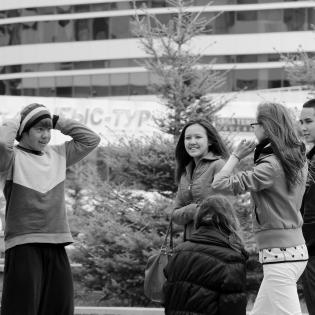Character Education: Fairness (Grade 6)
What role does fairness play in relationships and life success? How can developing fairness equip people as world citizens who contribute to the common good?
Photo credit: Teenage Youth by World Bank Photo Collection is licensed under CC by 2.0
In this unit, learners construct definitions for fairness, impartiality, and bias. They explore different perspectives on issues and develop empathy for other points of view. They reflect on when fairness is a matter of perspective and when fairness is a matter to advocate for through citizen action. Students participate in a role-play of fair and unfair decision-making. In the final reflection, learners identify a personal bias and make a written plan for overcoming the bias now that they are aware of it.
We define what fairness means and compare and contrast definitions. Participants build empathy as they discuss others' experiences with fairness.
This lesson explores opposing perspectives on fairness issues and whether fairness is based on fact or context. Students compare and contrast different perspectives on two fairness issues - one global and one personal. They reflect on when fairness is a matter to advocate for through citizen action.
Learners reflect on a role-play scenario demonstrating fair and unfair decision-making techniques. They identify behaviors that promote or create barriers to making decisions. A Dr. Seuss book provides a discussion starter.
Learners define the meaning of impartial and connect it to fairness through the use of a Frayer model graphic organizer.
Learners recognize that we all have biases, but we aren't always aware of them, which can create an unfair situation. Since people have different experiences, we all develop different biases.
